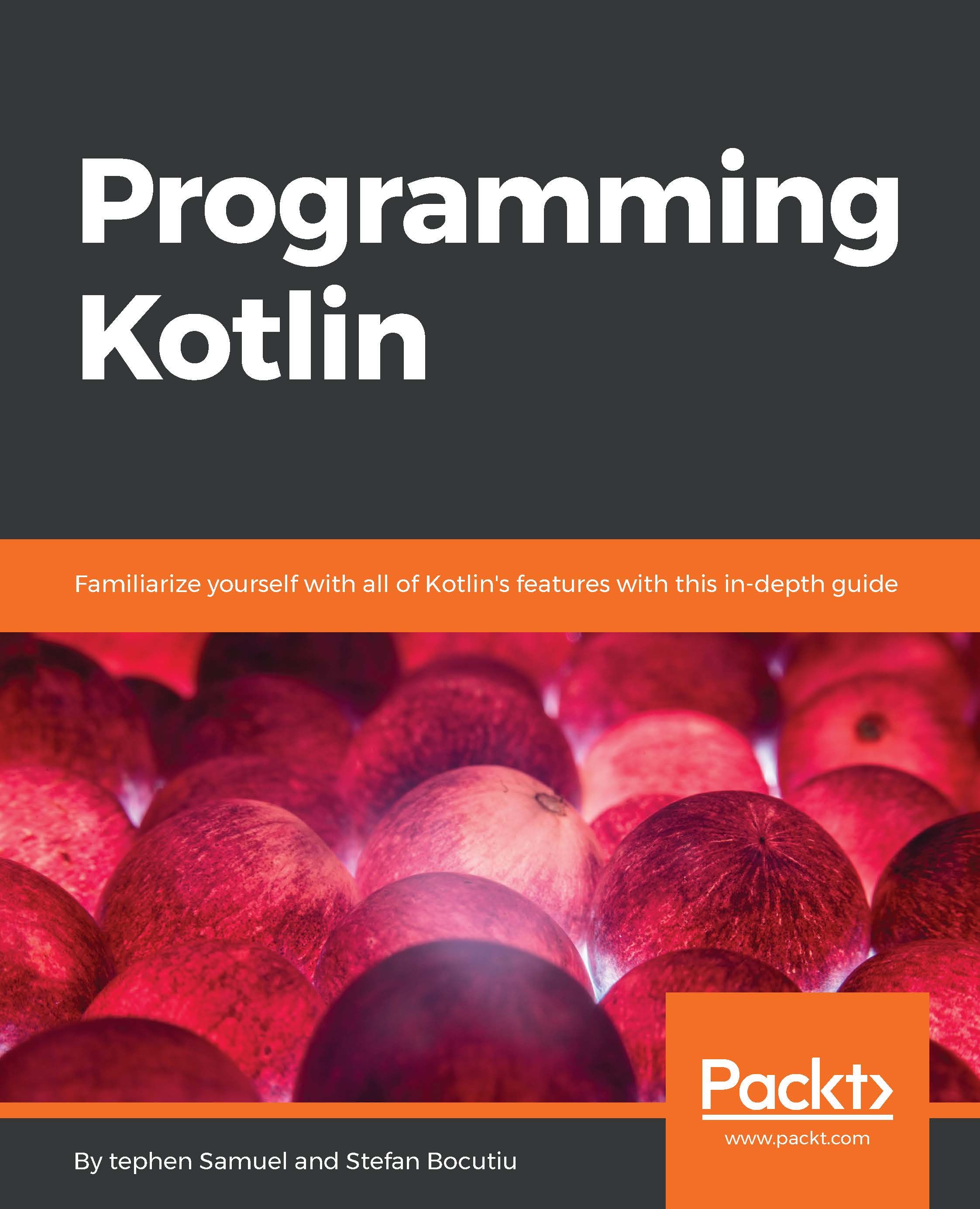-
Book Overview & Buying

-
Table Of Contents

Programming Kotlin
By :

Programming Kotlin
By:
Overview of this book
 Free Chapter
Free Chapter
 Sign In
Start Free Trial
Sign In
Start Free Trial

 Free Chapter
Free Chapter
As we have seen from earlier sections, functions are instances of objects, and, of course, each instance requires an allocation in the heap. There are also method invocations required when invoking the function. Overall, using functions introduces an overhead.
Kotlin allows us to avoid this overhead by use of the inline keyword. This keyword indicates to the compiler that the function marked as inline, as well as function parameters, should be expanded and generated inline at the call site, hence the name.
What does this mean exactly? Let's consider a function that handles resources in a safe manner: that is, the resource will always be closed correctly, even if the code throws an exception:
fun <T : AutoCloseable, U> withResource(resource: T, fn: (T) -> U): U {
try {
return fn(resource)
} finally {
resource.close()
}
}
As you can see, we are just wrapping the application of the function...
